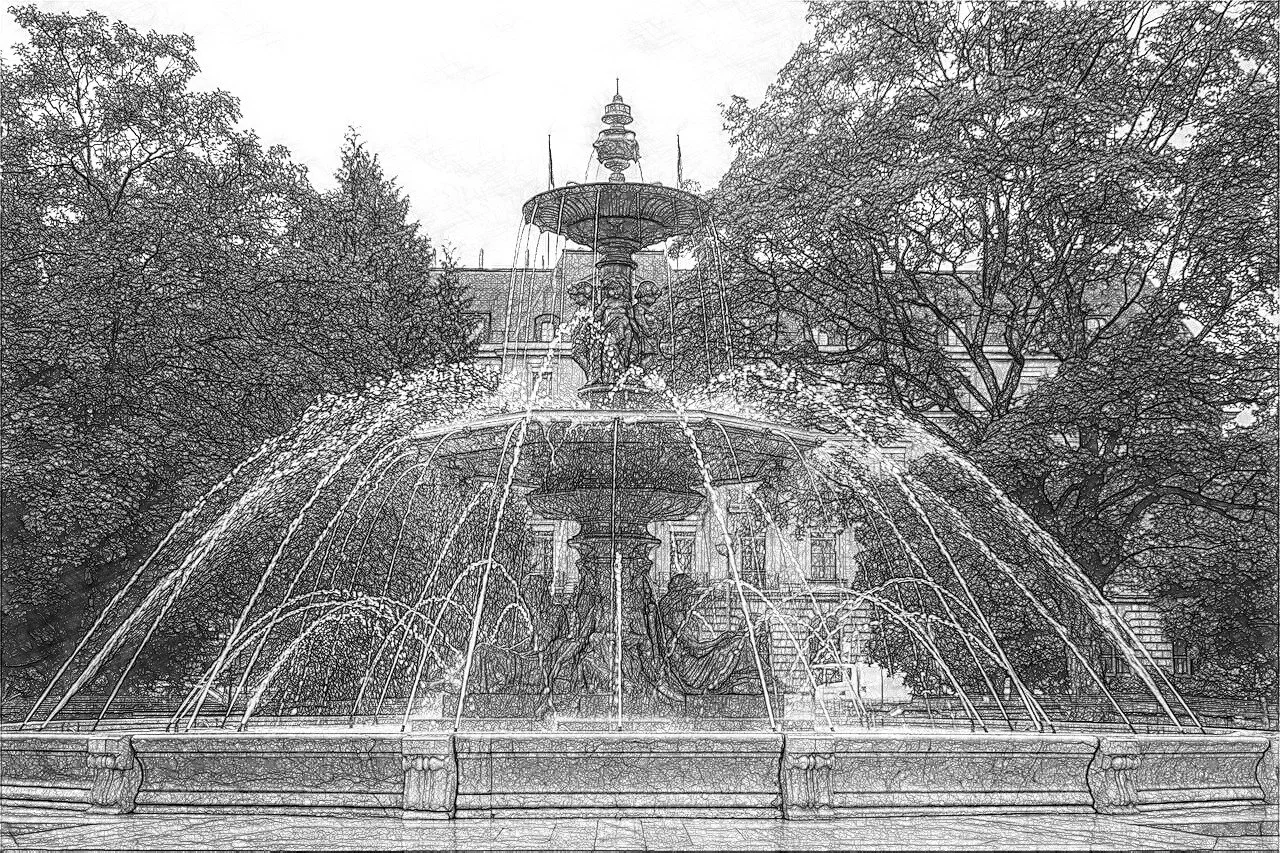
What Are the Levels of the ETC?
I get asked this question from time to time…mostly by people who are brand new to the Expressive Therapies Continuum and are looking for info about the basic structure of the model. To clarify, the Expressive Therapies Continuum (or the ETC) is a dynamic framework that incorporates a client’s response to intervention into the therapist’s decisions about subsequent steps.
It utilizes an outcome-informed approach in that sense, making it very different from models of therapeutic practice in which the therapist gives the client a prompt or a directive that is typically based on the client’s diagnosis or presenting problem.

How Do I Become an Art Therapist in Austin, TX?
This article is a little guide to pursuing your career dreams if you live in the Austin area and want to help others through the informed practice of art therapy. Informed practice? What’s that?

What Are the Levels of the Expressive Therapies Continuum?
The Expressive Therapies Continuum, a framework for making responsive, outcome-informed decisions in client-centered care, was co-conceptualized by art therapy pioneers Vija Lusebrink and Sandra (Kagin) Graves-Alcorn.
It preceded by decades the neuroscience-oriented models that are now prevalent in psychotherapy, though the Expressive Therapies Continuum remains standing solidly without the need for modification despite the years that have passed since its introduction in 1978.

What Degree is Best for Art Therapy in Austin, TX?
It used to be that almost no one had heard of art therapy as a regulated mental health profession. Back when I first announced my intention to become an art therapist at the age of 17, I was discouraged by several adults (none were relatives, thank goodness).
I persevered and became an art therapist, but I had to figure out my own path.

What is Assessment Within the Structure of the Expressive Therapies Continuum?
Assessment is a very important element of art therapy and any form of therapy, for that matter. Assessment drives the entire therapeutic journey ahead, as data from the assessment is used to help the therapist (sometimes in conjunction with the client) develop a blueprint for what the journey will look like or consist of.

What is the Difference Between EMDR and Art Therapy in Austin, TX?
Some people think that EMDR and art therapy may be quite comparable for mental health treatment. But if you’re looking for healing from trauma, there are differences that need to be explored so choices can be made about which kind of treatment is the best for you.

What is the Expressive Therapies Continuum?
The Expressive Therapies Continuum is a framework for making responsive, outcome-informed decisions in client-centered care.
But what does that really mean? What is responsive? What is outcome-informed? What is client-centered?

What Exactly Does an Art Therapist Do? An Austin, TX Art Therapist Explains
Many people have heard of art therapy within the last several decades, but they’re still not sure who’s at the helm of art therapy and what this person DOES. It helps to know this info if you’re thinking of enlisting the support of an art therapist to overcome anxiety, depression, and host of other emotional experiences.
It’s also helpful to know what an art therapist does if you’re thinking of becoming one!

Who Created the Expressive Therapies Continuum?
All good ideas come from somewhere. The Expressive Therapies Continuum is no different—in a nutshell, it’s a broad framework that is used by some art therapy practitioners to make responsive decisions in the individualized treatment of a vast array of client populations and a wide range of clinical issues.
But using it in this way is contingent upon understanding where it came from, or more accurately, who it came from. Without understanding the ideas and intentions of the minds that made the Expressive Therapies Continuum, the model easily becomes oversimplified and reduced to something that is a mere shadow of its potential.

What Do They Do in Art Therapy in Austin TX?
If you’ve been curious about art therapy as a form of mental health treatment for anxiety, depression and other uncomfortable emotional experiences, then read on to learn more! Art therapy is actually the name of a regulated mental health profession—not a modality—so that means different art therapists are likely to practice in different ways.
In short, what art therapists do and what art therapy clients do will vary according to the art therapist’s training and the client’s needs.